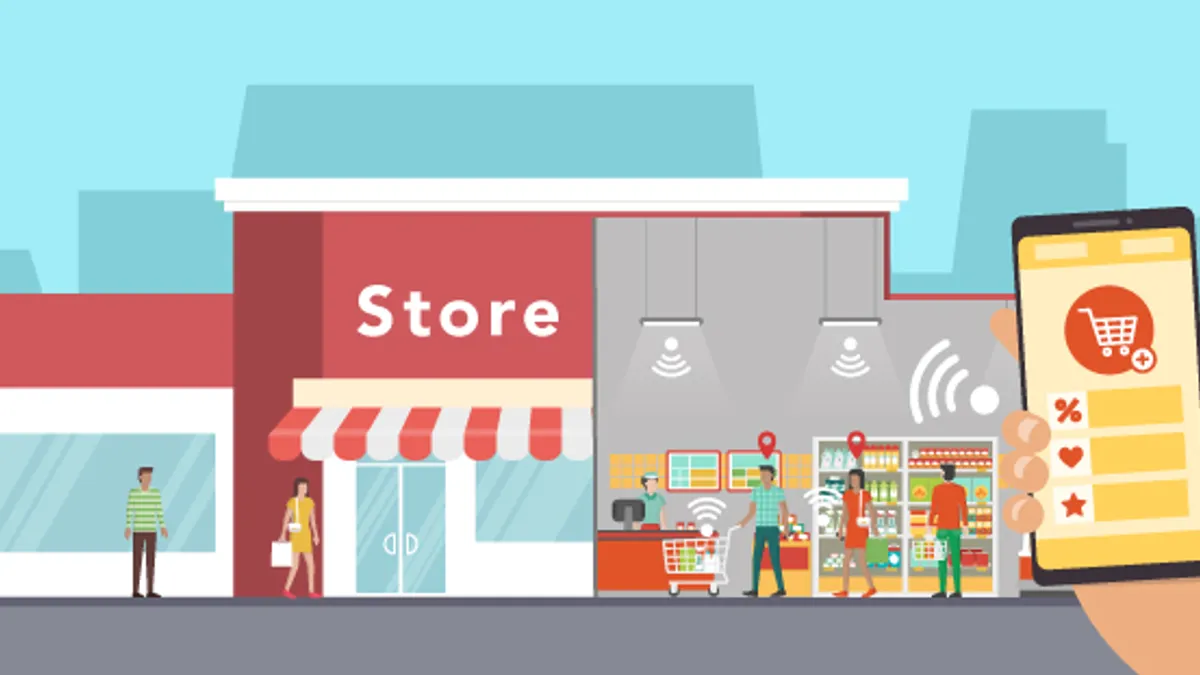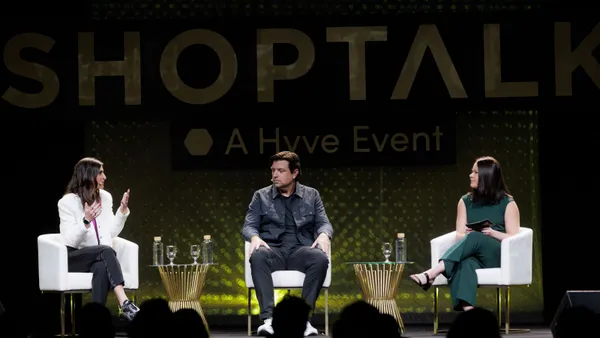Imagine staffing just the right number of associates in the right sections of your store at any given time, based on immediate need. Imagine automatically detecting heavy demand at the registers so more can be opened upon alert. Imagine moving products according to the by-minute traffic flow of shoppers. And, imagine anticipating an equipment failure before it happens based on predictive monitoring of similar tools.
The promise of IoT – the Internet of Things – is to provide any number of “what if” advantages to retailers through the connected store, where everything in and about the store is connected digitally. Such opportunities for using IoT connectivity is where the retailers’ ingenuity and creativity come into play, thanks to the treasure trove of data made available.
In fact, the increase in customer- and location-based-data has given rise to numerous in-house or, most often, third-party resources ready to deploy packaged and custom applications. By engaging these solution providers, retailers can mine this data captured via connectivity and analyzed collectively toward their end goal. These third-party applications and other technologies have evolved to the point of changing some retailers’ entire value stream as they take the “where” and “when” data from what’s happening on the floor of their connected store and make decisions on “how” that data is used.
The goal is to enhance the customer journey in a much broader way than is done now. Capabilities we expect to be commonplace:
- Understanding the length of customers’ trips throughout the day. If, for example, during a certain hour most shoppers are focused on quick trips, associates will know to focus on quick answers vs. engaging in product discovery and suggestions.
- Knowing the in-store journey of shoppers based on their traffic patterns. They will be able to place highest-value products at the entry points of each specific zone where those products will get the most attention.
- Correlating foot traffic within a specific store department with that department’s sales. Retailers will be able to identify what hours that department is simply a “showroom” vs. an active sales floor.
Aiming for sales & marketing
One of the most promising aspects of location-based data and related services lies in the advanced marketing it can support. While traditional marketing leads a customer to a retailer’s door, it is the connected store – and management ingenuity – that will go a step further to encourage purchase by pushing notifications about a product to an interested consumer already eyeing it.
Unsure of their decision, or thinking the product is available elsewhere or online for less, for instance, shoppers might stall a purchase for any number of reasons. The likelihood of their making the purchase is increased when the shopper’s smartphone reveals, in real time, an enticing discount or coupon for the product they’re reviewing. Such personalization for a buying opportunity is the mass customization retailers yearn for, and IoT is here to perfect it.










